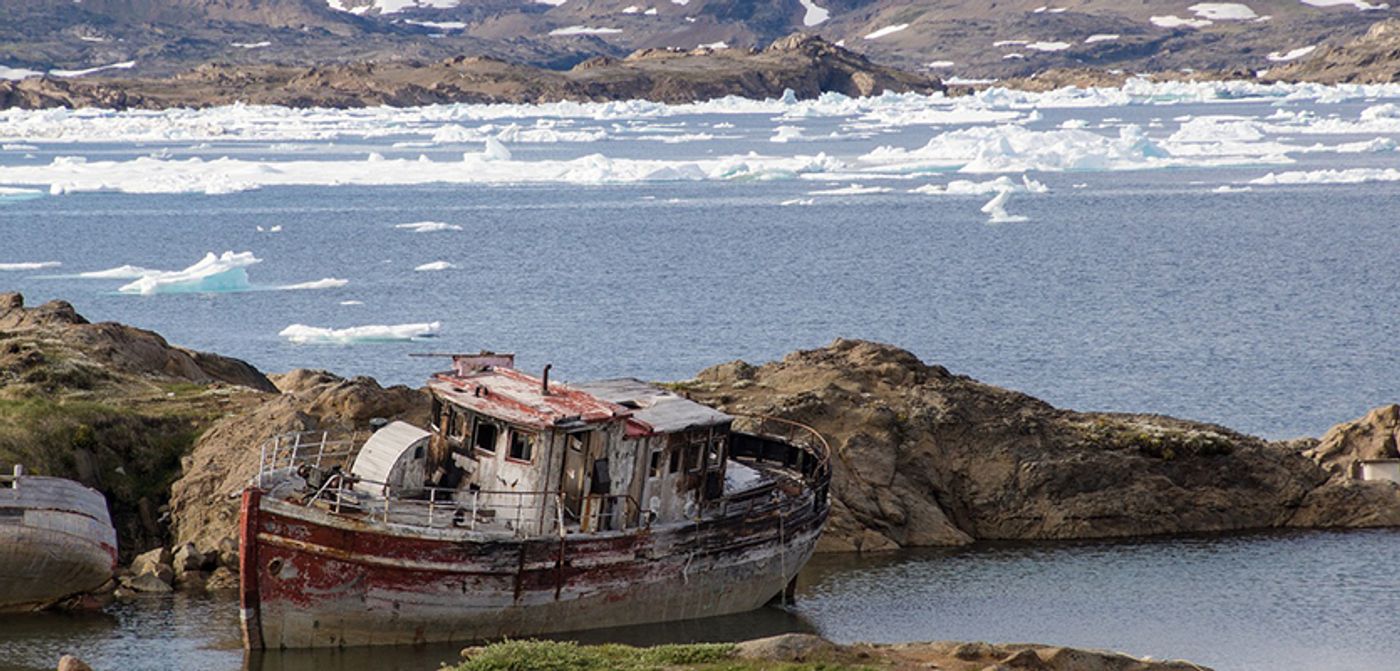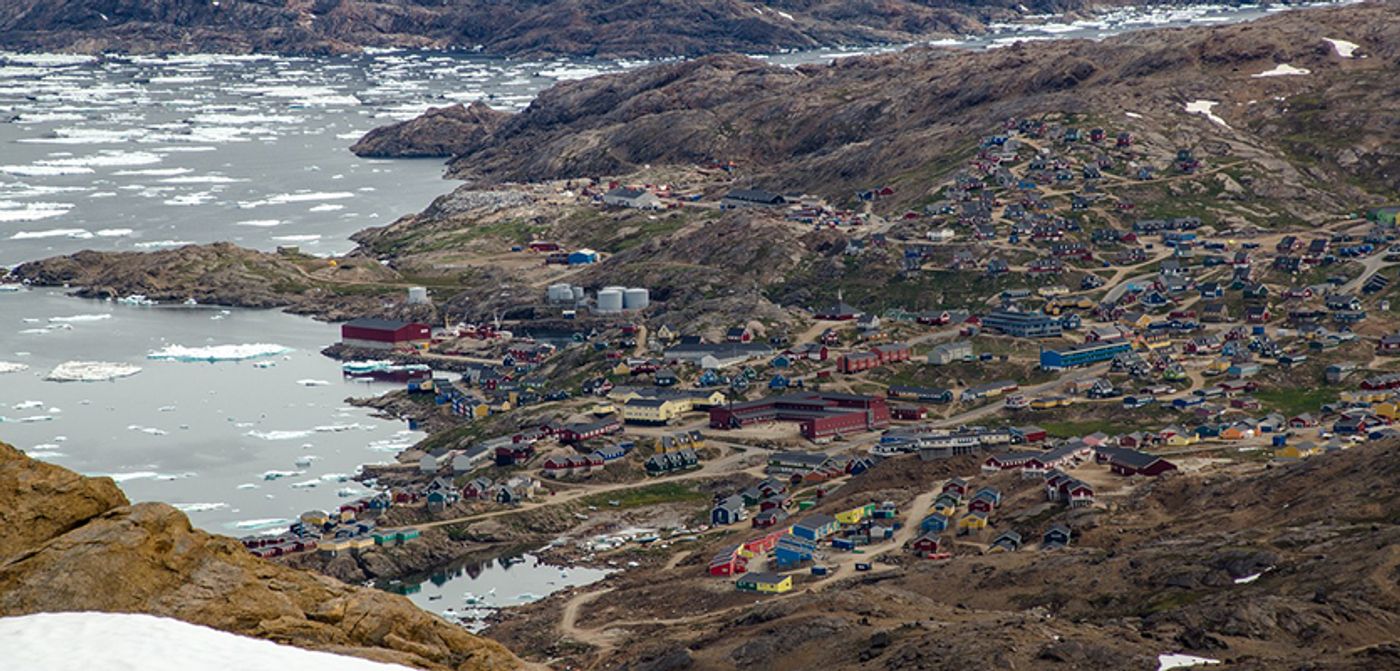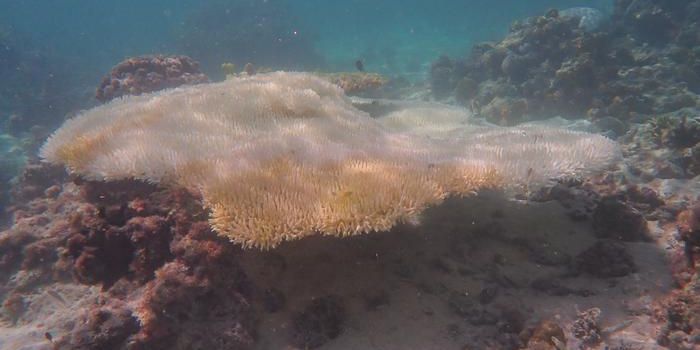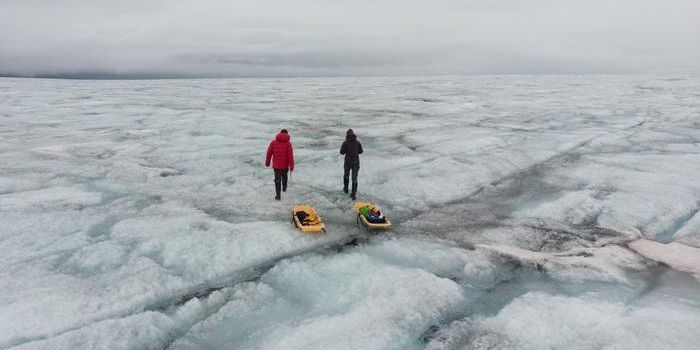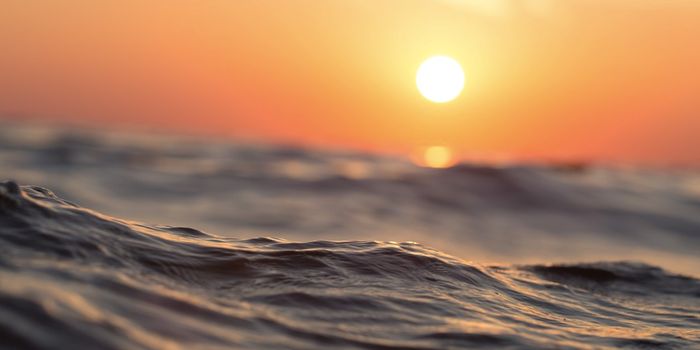How will Climate Change Impact Arctic Shore Ice?
Many research projects have examined climate change’s impact on sea ice and glaciers. However, shorefast ice, which is vital to the economy of Arctic communities, has not been well studied. Brown University researchers recently analyzed how climate change could impact shorefast ice in northern Canada and western Greenland. The study was published this week in Nature: Climate Change.
According to the study, shorefast ice represents 12% of global sea ice, but how climate change will impact it is mostly unknown. An article from Brown University regarding the study defines shorefast ice as “sea ice that forms along shorelines.” In the regions studied, this ice is used for transportation and sustenance hunting and fishing.
In the article from Brown, Sarah Cooley, lead author and Ph.D. student at the Institute at Brown for Environment and Society (IBES), explained that “shorefast ice is something that’s most important from the standpoint of the people who use it.” She continues that while the loss of shorefast ice will have a small implication on the global climate, the real impact is felt by those who live in the Arctic. “And that’s why we’re studying it,” she remarked.
The researchers used 19 years of weather data and near-daily satellite imagery of 28 Arctic communities to document the timing of shorefast ice breakup. Using climate models, the researchers were able to predict how the timing of the ice breakup may change in each community as the climate warms. They concluded that by 2100, communities could face an estimated reduction of five to 44 days in the length of the springtime shorefast ice season.
“Five to 44 days” is undoubtedly a broad range of possible outcomes, and according to the Brown article, the researchers were surprised by these results. However, these projections do highlight how variable the impacts of climate change will be to Arctic communities, reflecting the local nature of the changes. As Cooley states in the Brown article, “One of the key takeaways for me is that even though the whole Arctic is going to warm and lose ice, we see very different outcomes from one community to another.” She emphasized how the variable outcomes may relate to the social, cultural, and economic differences of each community and that some may be more impacted than others.
Additionally, the coldest communities are projected to have the most significant reductions in the springtime shorefast ice season. Johnny Ryan, co-author and researcher at IBES, told Brown reporters that this is cause for concern. He said, “some of those places are considered to be the last remnants of truly polar ecosystems, and people talk a lot about preserving these areas in particular. Yet these are the areas that we find will lose the most ice.”
According to the Brown article, the research team hopes that mapping the local impacts of climate patterns will be useful for policymakers and other stakeholders. Understanding how changes will occur on a regional scale will better prepare policymakers and the Arctic communities facing the most considerable impacts of climate change.
Sources: Nature: Climate Change, Brown University
